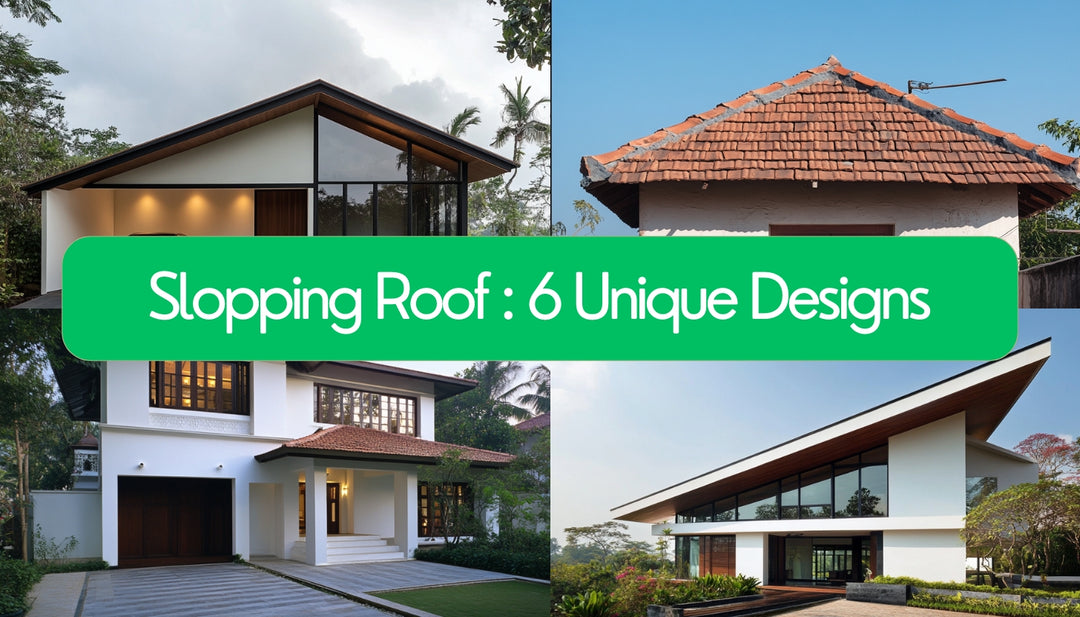Center Tables: A fatal Attraction or Great Admiration?
There is no perfect center table to reach out for snacks, sturdy enough to support books or even your feet, and blend aesthetically.
But here are 5 center table buying mantras to help you choose one that fits both your living room and lifestyle:

The perfect center table should be of the right size to reach out for snacks, sturdy enough to support books or even your feet and blend in aesthetically. Here are 5 center table buying tips to help you choose one that fits both your living room and lifestyle:
#1: Size does matter
Move, move move
Center tables anchor the furniture in a room by filling in the gap while providing enough space around it for movement or some simple leg stretches. Larger seatings have two or more centre points certainly a facet for luxury living.

3 Step Center table size guide:
- Ideal distance to consider between the center table and furniture is 18 Inch or 1ft.6inch ( one arms length )
- Take a hard look at the biggest furniture piece ( usually a 3 seater sofa ) and make sure the table is at least a quarter length short.
- Make sure the table's height at least a couple of inches lower than that of the sofa for easy access
#2: Think about the shape

Take inspiration from the shape of your sofa to help the table's shape
- Pair your Rectangular or L-shaped lounge sofas with tables of square or rectangle geometry. Reaching all corners of the table is a lot easier.
- Smaller sofas with limited seating areas can be helped by pairing a round centre table.
- It is also great to break the monotony of a setup made up of square and rectangular lines. Oval tables are great as you can cosy up around them with pouffes and ottomans as the table does not have definite lines.
#3: Consider your style
We need things to look suitable and appropriate. The table should be in tune with the colours, textures, patterns or materials used in the room.
Are we woody people?

A traditional living room can pull off a classic, elegant wooden centrepiece with ease, while edgy, geometric tables belong in contemporary spaces.
All we all about modern minimalism?
Scale is also necessary when it comes to styling. Large tables pair well with slim sofas. They help ground the space in large rooms which come with high ceilings or lots of windows. On the other hand, a smaller setup can pull off delicate metal and glass designs.
Center tables with glass tops create the illusion of depth, making the overall setup look roomy and big. Glass helps highlight your plush rug underneath.

Options for easy maintenance
You can customize your table according to what activity you usually carry out around it. If you entertain guests often choose center tables with a lip edge or rugged surface. This way you do not have to worry about spilling drinks or food.
In a small space, you can choose a table that comes with a lower deck or drawers for storage. Stow away anything from stationery, magazines, gameboards to coasters, napkins, remote controls here.
#4: Finally think the material through
Marble top abstract coffee table
A lot of activity is carried out on center tables thus requiring them to be sturdy. With wood being a common preference, another inexpensive option but fairly durable option is medium density fiberboard (MDF).
Tempered glass and metal frames provide strength to coffee tables as well. They are less bulky than wood and are easier to clean. Marble, lucite and acrylic are good options too. The bottom line when it comes to choosing a material is what it that it should be easy to maintain and should be stable.
With these five, easy-to-identify factors, we guarantee that you will be able to pick center tables that will match your space and aesthetic with utmost ease.

Other Articles that may interest you :
- Checklist to build a house in India
- How to decide on a good Layout for your home?
- 25 Common terms
- Building Codes Regulation
Ongrid.Design aims to provide you with real and verified data. That’s why we conduct our research and obtain direct, personal insight. Analyses and graphics in this article are based on authentic sources cross-validated by our in-house experts.
We take great care to ensure the information we publish is reliable and accurate—however, Ongrid.Design takes no responsibility for inaccuracy in information supplied to us by users, research participants, or other entities.
Please note the insight contained within this article is for general information purposes only. We’re glad to answer any questions you may have about this article and its supporting research. For further information, please contact Ongrid.Design Expert directly via email at hello@ongrid.studio.










